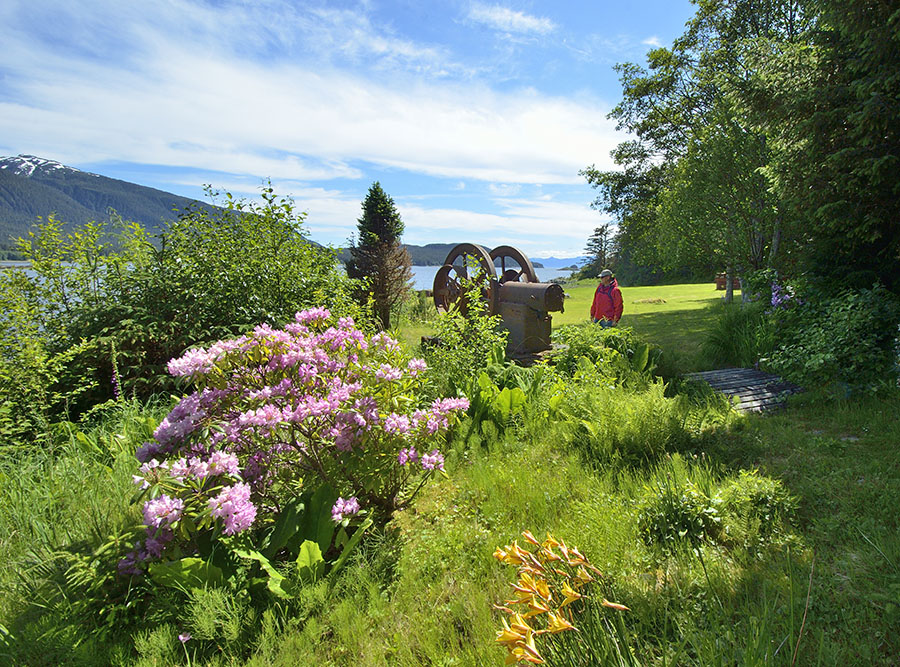
Paul grave site had been rebuilt in the early 2000s, the old crosses laid down on the tops of graves and new ones installed in their place. By New Year’s Eve, “it seemed that only one man from each camp was well enough to work at the sad task of building caskets.” George and most of the workmen in the St.

Paul camp, were sick.īy the 27th, 10 at St. George camp, located at an old mine camp across the bay from the St. On Christmas Eve of that year, three men at the St. Paul camp.Ī camp survivor’s logbook from 1943 chronicled a deadly flu epidemic that some of the Aleutians wouldn’t survive.
FUNTER BAY TOPO INSTALL
Part of the reason for the the 75th-anniversary trip was to install a new “healing cross” at the grave site near the St. “When they got home, my parents, the military had destroyed all the homes and shot all the icons in their houses,” Merculief Sr. George, he said he had a happy childhood, even though the community was still rebuilding. A trip like this answers a lot of questions.”īorn four years after his parents returned to St. … You don’t appreciate what you learn until you get out there.

“All those years you listen to Funter Bay stories, so it’s a mystery story to me. You come from a strawberry patch in Funter Bay.’ I said, ‘strawberry patch, what’s a strawberry patch?’ Pribilof Islands, we don’t have any strawberry patches,” Krukoff Jr. “My grandpa always told me … ‘You come from Funter Bay.

But while he was glad to learn more about his parents’ past, he felt frustrated about the decision-making processes that led to the internment. Paul elders talk of the internment over coffee, and was glad to finally be able to picture the setting of their stories. mixed feelings.Īs a child, he had heard St. Paul, the trip to Funter Bay brought Krukoff Jr. He was baby in his mother Haretina Krukoff’s womb during her internment.īorn a month after Haretina returned to St. He had been to Funter Bay before, but he wouldn’t remember it.


 0 kommentar(er)
0 kommentar(er)
